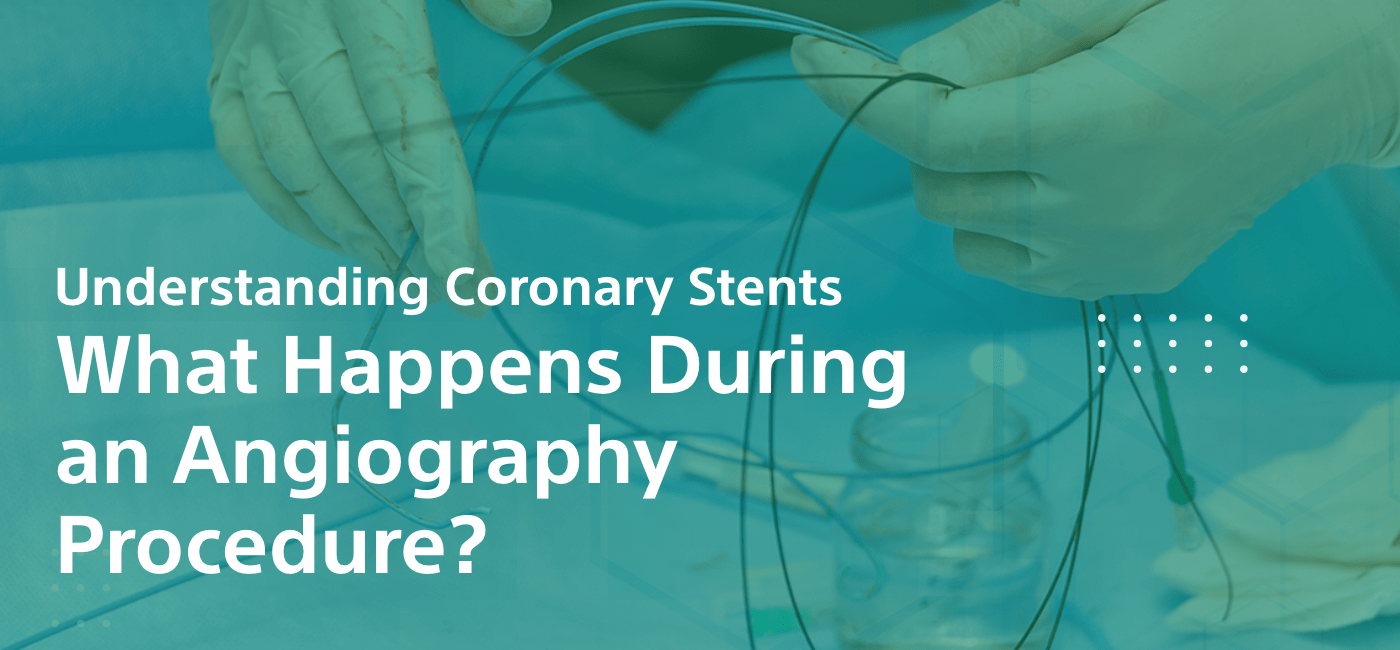
Coronary artery disease is a condition that afflicts millions of people worldwide. CAD is also one of the major causes of illnesses related to heart malfunctions. The most effective and preferable way of diagnosing and treating this condition is through an angiography process. An angiography process is a technique in medical imaging whereby the doctors can identify blockages or abnormalities in the blood vessels of the heart by seeing them visually through the procedure. For patients who may require such procedures, as well as those who are looking for insight into subsequent treatments such as coronary stents, then knowing the process of angiography will be very key.
Preparation for the Procedure
A series of pre-procedure assessments would normally precede an angiography procedure. These may include blood tests, electrocardiograms, and imaging studies to establish fitness for procedure. The medical history, current medications, and allergies to contrast dyes and anesthesia, among others, would be discussed in the preparatory phase of treatment with the patient by the healthcare professionals.
For instance, they will be advised, among other things, to abstain for some hours before the procedure. Open communication with the healthcare providers regarding any questions or concerns is also required. Through this, the patient learns and prepares in good time to avoid fear concerning the impending procedure.
The Angiography Procedure: Step-by-Step
The procedure for angiography usually takes place in an imaging room that specializes in the procedure. After patients settle down, they tend to be given a mild sedative in an effort to relax them. A catheter is introduced into a blood vessel-most commonly within the groin or at the wrist-that serves as the opening point.
A local anaesthesia is then administered to the patient, and a catheter is carefully inserted through the vessel guiding it into the coronary artery under that physician’s specialist guidance. After positioning, the contrast dye is injected through the catheter, which delineates the blood vessels of the patient on the imaging screen. The warmth patients may feel as the intravenous flow of the dye is temporary.
During the procedure, x-ray images are captured so that the physician can see the blood flow, determine if there is any blockage or narrowing of the arteries. The duration for an angiography usually takes around 30 minutes to an hour, depending on the case. Once the required images have been captured, the catheter is withdrawn and pressure applied on the site where it was inserted to prevent the occurrence of bleeding.
Interpreting the Angiography Results
After this process of angiography, the images are studied by the medical team. The physicians examine if there are blockages or other abnormalities in the coronary arteries. This analysis is very important for deciding the treatment plan.
The physician may also refer to the placement of a coronary stent if the blockages are significant. A coronary stent is essentially a mesh-wire tube that is inserted into the artery to keep it open and achieve effective passage of blood. The patients have to be made aware of the outcomes of angiography as it directly dictates the next course of action in their treatment.
Understanding Coronary Stents
Coronary stents are the gold standard in managing patients with coronary artery disease. These are the small, expandable tubes made of metal or polymer that can be deployed after clearing out the blockage to support the arterial wall. Two types of stents are bare-metal stents and drug-eluting stents.
Bare-metal stents offer structural support and might require further medication use to prevent restenosis, or re-narrowing of the artery. Drug-eluting stents emit medication that helps decrease chances of restenosis. The proper choice of type of stent is determined by the nature and size of blockage, medical history of the patient, and overall body condition.
A coronary stent may be placed usually after the angiography if significant blockages are identified. The procedure can be carried as a minimally invasive procedure where effective treatment is offered compared to conventional surgery, and recovery time may be relatively short.
The Stenting Procedure
The process of stenting the coronary artery typically goes along with angiography. Once the block has been identified, subsequent steps are easy. A second catheter is advanced through the first catheter, leading to the site of the block.
An inflated balloon attached to the second catheter pushes the plaque onto the walls of the arteries and opens the artery. After this balloon angioplasty, the coronary stent is placed. The stent expands and takes on the shape of the form of the artery, forcing the arterial walls open and allowing the blood to flow properly again.
Careful monitoring of the patient for immediate complications is done by the healthcare team as soon as the stent is placed. The whole process of stenting usually takes an hour. After this, the patients are brought to a recovery area where they can rest before discharge post-procedure.
Post-Procedure Care and Recovery
Recovery from the procedure of angiography and placement of stents is very essential for gaining a success rate in the long term. The majority of patients require lengthy hours of recovery. They may be discharged on the day or admitted depending on the situation and kept under further observation.
Read related: Unmasking Heart Attacks in Women Above 40: Insights and Indicators
In addition, advice regarding amounts of exercise and medication should be given. Often prescribed is the use of antiplatelet drugs to prevent clotting around the stent: this forms a critical aspect of the effectiveness of the device. They should be informed and advised on possible side effects so they can report any symptoms or discomfort more unusual that may be present, such as continued chest pain or pain during breathing difficulties.
A healthy heart lifestyle is very essential during the post-angiography and stenting period. The patient should have an appropriate diet, regular physical exercises, and lower levels of stress. Some health providers may recommend regular follow-ups to be done to check heart health and how the stent is doing.
Potential Risks and Complications
Like any medical procedure, the angiography procedure and the placement of a stent have possible side effects. Rarely, serious complications occur; however, those may appear very frequently. Some of the more common risks are bleeding at the site where the catheter is inserted, infection, or allergic reactions to the contrast dye.
The stent itself can further complicate the procedure. It results in restenosis and blood clots developing along the site of the implantation. Awareness of these complications will help the patient prepare for the healing process and to recognize the warning signs when medical help should be sought. Before the procedure, reviewing possible complications with health care professionals can also alleviate concerns and get rid of misunderstandings.
Long-Term Outlook and Prognosis
The long term outlook of patients who, after undergoing an angiography procedure, receive a coronary stent is hopeful. A pretty high percentage of the patients have improvements in their symptoms such as reduction in chest pains and improved exercise capacity.
However, in view of success it depends on several factors which include compliance to drug regimens, change in lifestyle, and monitoring of care. The studies have proved that the patients who follow an active approach to manage their heart health after such procedures tend to have better long-term results.
For healthcare professionals, it is a huge responsibility to take a patient through their recovery process. A follow-up with the doctor gives them the opportunity to monitor whether or not the patient is getting well and would help diagnose complications. Education in heart health enables a patient to make decisions, which are known to help improve their lives.
Conclusion
Therefore, the process of angiography constitutes a very critical diagnosing aspect in the identification and management of coronary artery disease. Coherent imaging of the blood vessels in the heart creates an opportunity for providers to determine the best course of action in treatment, which may include placing a coronary stent in the patient.
The understanding of what goes into the process of angiography, followed by stenting, and post-procedure care, empowers a patient to become actively involved in heart health. With proper management and medical advice, a patient can look toward a healthier future free of the constraints imposed by coronary artery disease.







